After seven months, the third and final issue of Superman: Space Age has released. While the series promised to tackle Superman’s life pre-Crisis on Infinite Earths, this miniseries bit off more than it could chew for such a short run. What makes this stand out is the fact that Mark Russell, Michael “Spike” Allred, Laura Allred and Dave Sharpe are a talented team with a brilliant idea, but they don’t have the space to explore this concept to its full potential.
Early in the series, Superman learns the universe will be destroyed, so he and the Justice League do whatever they can to try to save humanity. However, Superman knows it’s not enough, and takes matters into his own hands. Superman: Space Age Issue #3 also updates readers on the goings-on of two characters in Superman’s life — Lex Luthor and Batman — and this is a problem.

It is not that what Russell explores with Batman is bad. In fact, the Batman and Joker storyline in Superman: Space Age is compelling because this iteration of the Joker has a heartbreaking motive. There is also an interesting commentary on how capitalism creates an endless cycle where money supersedes the needs of people. This connects to how Russell’s iteration of Luthor embodies that exact problem, insisting that competition is more important than coming together for the greater good.
Russell has made a name for himself as a comic writer who is not afraid to mix politics and pop culture, and Superman Space Age is that. Unfortunately, the Batman storyline pulls focus from the titular character’s storyline. If Space Age was packaged as a longer series exploring how each Justice League member reacts to the end of the world, then this B-plot could work. Russell is more than capable of achieving this, as his character writing brings out the humanity of these God-like superheroes.
Seeing a hero’s vulnerabilities is what Russell does best, as seen in how heartbroken Clark Kent is in Superman Space Age #3. There is no doubt that if Russell had the space to tackle each hero and make this a larger story, it would work better bouncing back and forth between so many perspectives while delivering a tragic yet inspiring story about fan-favorite heroes.
As for the art, the Allreds are some of the best in the business. Michael delivers nostalgic character designs that feel fresh. Along with that, he is not focusing on how to make these characters look like superheroes through muscular physiques. Instead, he focuses on their emotions. Superman: Space Age is a story about humanity, and Michael puts these heroes’ vulnerabilities on full display, especially with the first page showing off a tearful Clark Kent. Yes, his action is gripping, but it’s the characters’ expressions and behavior that sell who these people are.

Laura also captures nostalgia through her colors. An apocalypse is around the corner, but that does not mean this world should lack vibrancy, and Laura understands this. Superman Space Age is a vivid visual masterpiece. Painting this tale in bright, fun colors emphasizes how not everything, even at the worst of times, is hopeless. Finally, Sharpe’s lettering is the perfect for Superman: Space Age. With the Allreds on board, it would be a shame to cover up their dynamic art. Sharpes’s lettering never pulls focus or overcrowds a panel. Plus, with so many perspectives in one issue, Sharpe finds a way to make each inner monologue distinct through simple icons.
Superman: Space Age has the dream team. Russell’s storytelling lends itself to the emotional explorations the Allreds love to tackle. Meanwhile, their pop-art inspired work compliments Russell’s knack for reworking fan-favorite icons in a poignant light. Pair that with Sharpe, a letterer who knows when to let the art speak for itself, and this is a match made heaven. Unfortunately, Superman Space Age’s downfall is not having a long enough run to let this team truly shine. Here’s hoping fans see more of them together in the future.
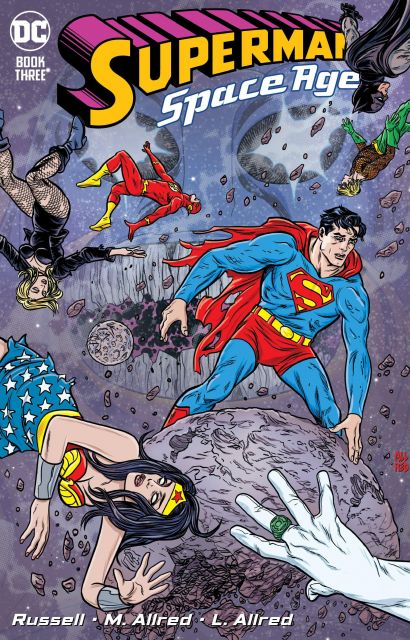



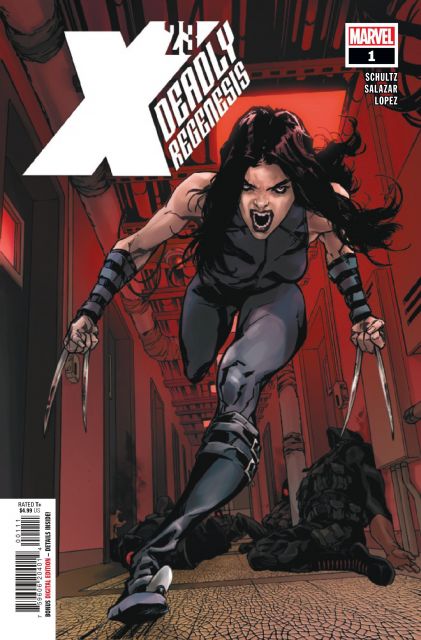
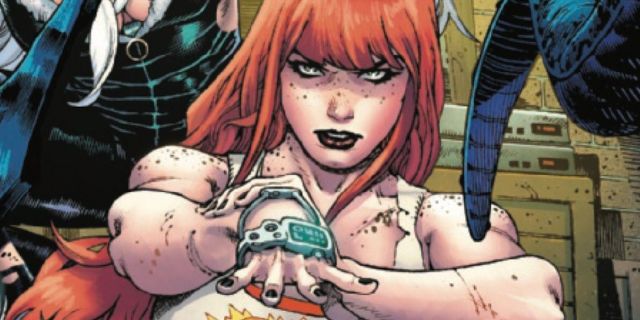
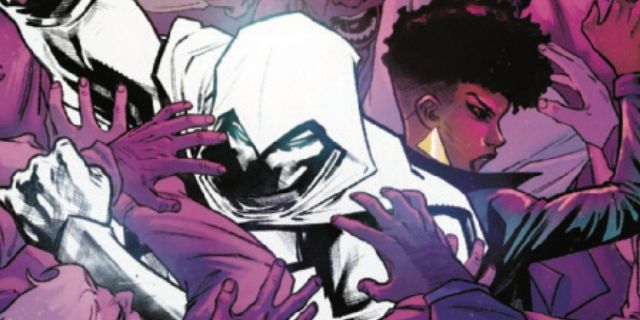


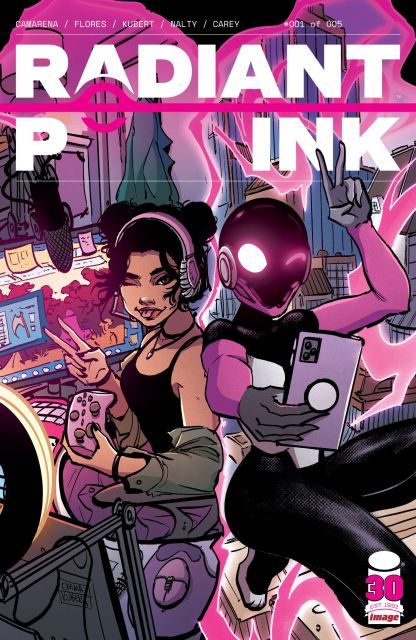





Leave a Reply